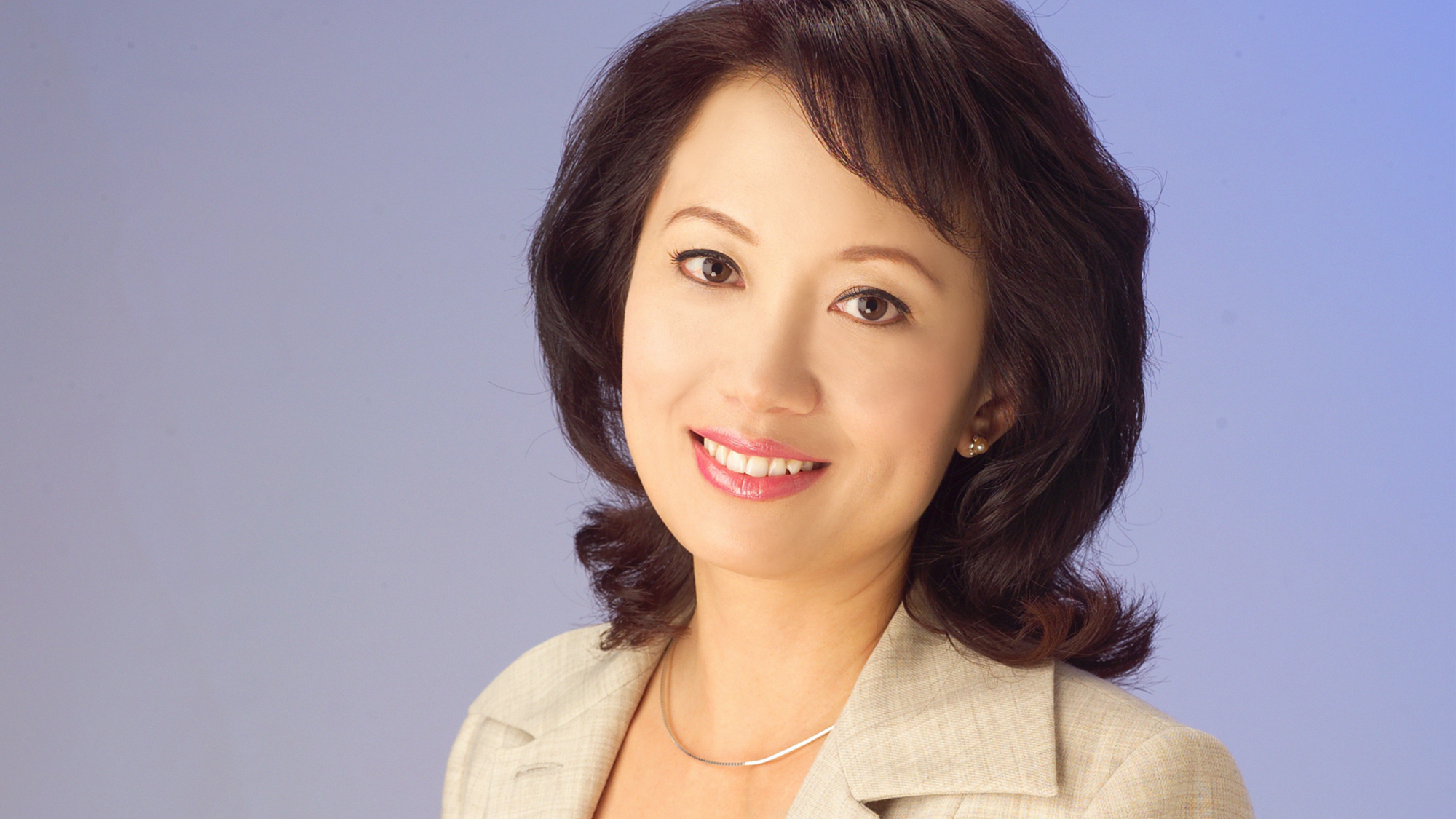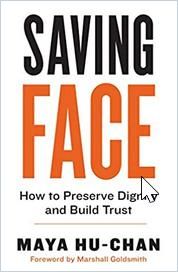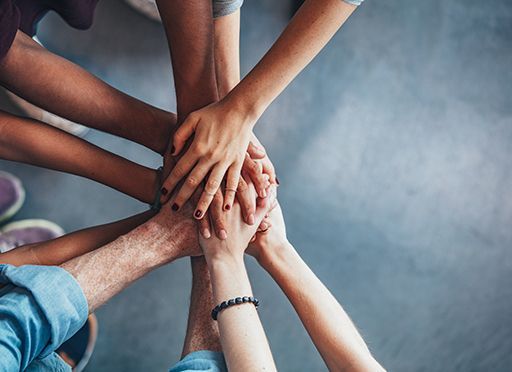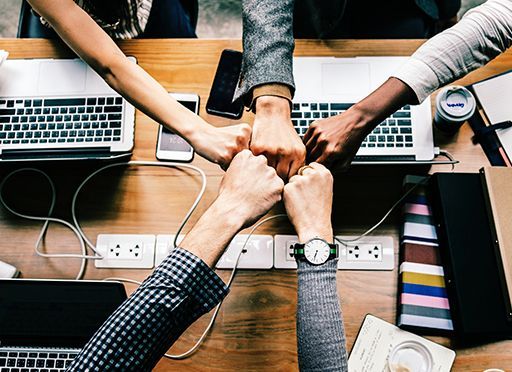“We Need to Relearn How to Build Authentic Relationships.”

Maya, in your book, Saving Face, you take a deep dive into the ancient Chinese concept of “face.” Could you briefly explain the meaning of the term?
Maya Hu-Chan: Face represents an individual’s self-esteem, self-worth, identity, reputation, status, pride and dignity. Face represents both how you see yourself and how other people perceive you. Although the concept originates in Asian culture, it speaks to a deeper human need for dignity and acceptance. Face permeates all levels of social and business interactions.

In the West, we often refer to the concept of “losing face” using different kinds of language. Could you give some examples?
People may not explicitly say “I lost face at work” but will more likely say something like, “my boss doesn’t appreciate what I do” or “people don’t take my ideas seriously” or “I don’t feel I’m being heard.” Someone may also complain about being passed over for promotion even though they had been working so hard. What all these expressions boil down to is the feeling of not being valued or appreciated for who you are and what you do.
The Asian concept of face is thousands of years old. What is giving it renewed relevancy today?
Our business landscape is changing so rapidly and the workforce is becoming so much more diverse. As leaders, what we say, how we show up, and how we interact with others can directly impact our relationships, our business and ultimately our success. Leaders today must be able to connect with people across geography, time zones, genders, cultures and generations. Saving face and honoring face may be ancient concepts but are even more relevant today.
Face permeates all levels of social and business interactions.
Maya Hu-Chan
How does the concept relate to our increased use of and reliance on social media?
Social media has changed the way we distribute and receive information – as well as the way we connect with strangers. It’s so easy to offend or insult people when you don’t have to confront them face-to-face. There definitely has been a loss of civility and graciousness in our digital communication. That’s why learning how to honor face and save face and avoid causing someone to lose face is such an essential skill today. We need to relearn how to build authentic relationships.
Why is the ability to honor and protect other people’s face such an essential leadership skill?
Today’s leaders must be able to move in many circles and think in many styles when working across different cultures, as well as when communicating remotely. Knowing how to protect the face of others is a prerequisite of successful collaboration. If leaders can learn to avoid causing someone to lose face, they will be able to build authentic relationships, break down barriers and help people to do their best work and truly be themselves. As an executive coach, I have found that of all the challenges my clients are dealing with, of all the conflicts that arise in companies big and small, the most consistent characteristic missing in nearly all of those interactions is how people deal with each other in terms of face.
In your book, you tell the story of how a COO went about solving a crisis that could have easily derailed into shaming and blaming. Can you explain how the COO went about saving his finance director’s face?
A client of mine, let’s call him Jeff, was the finance director of a global company. Under his watch, a frontline employee stole over $100,000 dollars. Jeff felt responsible for the theft as he designed and deployed the entire cash flow process that allowed the employee to commit the fraud. It was a high-profile case, and the longer the company’s investigation went on, the more guilty Jeff felt. He was consumed with stress, lost weight and was no longer able to sleep at night. When the day came for him to meet with his team and the COO to discuss the issue, he was full of anxiety. But when the COO, who had a hardline reputation, walked into the room, he broke the tension with one sentence: “I don’t care about the theft.” The COO went on to say that theft is unavoidable, whether you run a hot dog stand or a multinational company. The company was insured and would be made whole. The only thing the COO asked for was for Jeff and his team to review the process and fix it. Jeff’s demeanor immediately brightened. For the rest of the meeting, he and his team focused on solving the problem and moving forward. Jeff returned to his job with renewed energy. The COO had sent a clear message to Jeff and his team: “I trust you. I have confidence in you to do the right thing.” The COO had saved Jeff’s face.
Leaders today work with teams that are multicultural and multigenerational. How can leaders become more culturally agile?
In my book, I introduce the AAA model for developing cultural agility. The first “A” stands for “Aware.” Global leaders must be aware of their own assumptions, biases, and the impact their words and actions have on others. The second “A” stands for “Acquire.” Leaders must gain knowledge of the mind-set and societal norms other people live by. They must be able to put themselves into other people’s shoes. Note that before you can put on someone else’s shoes, you must take off your own shoes. You put aside your own belief system to be able to truly understand the other person’s position. The third “A” stands for “Adapt.” Once you are aware of your own assumptions and behaviors, and after you acquire knowledge and understanding of the other person’s perspective, you will need to adapt your behavior accordingly. You need to take thoughtful actions to produce positive outcomes for everybody involved.
Your message for leaders is not to treat everybody the same way but to treat people the way they want to be treated…
Exactly. You meet people where they are. This way, we can preserve dignity and build trust, and hopefully make the world a more peaceful and better place for all of us.
Knowing how to protect the face of others is a prerequisite of successful collaboration.
Maya Hu-Chan
In Asian culture, communication is very contextual. Presumably, people from high-context-oriented cultures find it particularly hard to interact with others in a virtual environment. What advice do you have for leaders and team members to honor these cultural differences, and ensure everyone has an equal voice and can thrive in the virtual workspace?
I like the metaphor of raising the human antenna. In the old days, we used to have radios where you had to raise the antenna all the way up and then move it around until you could hear the radio messages clearly. We can apply this analogy to human interactions. We need to raise our human antenna. Whenever you interact with people, pay attention to who they are and where they come from.
So developing good listening skills is key…
In fact, the Chinese character for listening is very complex. It consists of three parts: an ear, a heart and 10 eyes. What that tells us is that when we are listening, we don’t just listen with our ears, we also listen with our heart and our eyes through observation. We observe and we pay attention and watch what’s not said as much as what is said. When it comes to working with people who come from a background or culture that differs from your own, you must really pay attention and seek to understand them on their own terms. You take a step back, suspend your judgments and learn where the other person is coming from before you speak. This will allow you to set yourself up for success working in a multicultural and remote work environment.







